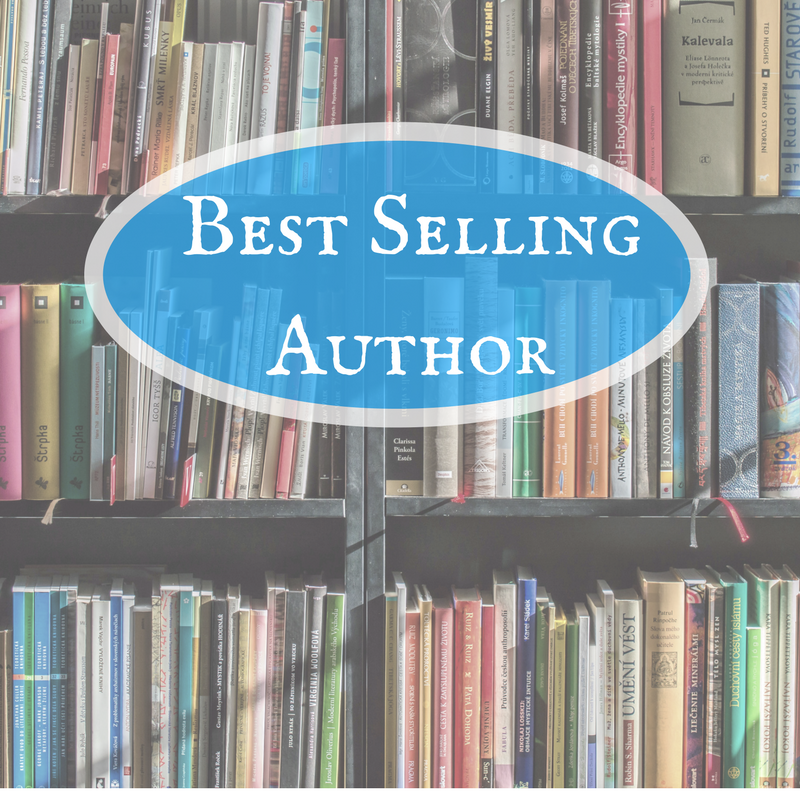Every time I teach “Writing for Children” at a writers’ conference or teach a “Children’s Writing 101” class at a university, I am asked some of the same questions so I’ve decided to address five of the most common myths surrounding this genre.
They say “the truth shall set you free,” so get ready to experience some freedom in this blog. J
Number one:
- MYTH: Writing books for children is much easier than writing books for adults.
- TRUTH: Good writing is tough no matter what genre we’re talking about; however, writing for children can be one of the most difficult to master and one of the most difficult to break into—but you can do it!
MORE TO PONDER…
*You have to say a lot in so few words—must make every single word count!
*You must be selective in word choice so that each word matches grade level. (Get a copy of the “Children’s Writer’s Word Book” by Alijandra Mogilner, published by Writer’s Digest Books.)
*It’s highly competitive! (The average national publisher receives 6,000 -15,000 unsolicited manuscripts a year, and of those, they publish 2-3. The rest of the books they publish come from agents, from authors they’re already publishing, and from other authors they meet at conferences.) But, you can do it!!! J
*I recently read an interview with a children’s book editor at Bloomsbury Children’s Books in NYC and the interviewer asked her, “Is there really a slush pile? If so, how many manuscripts would you estimate are in it?”
She replied, “It is many piles. It is huge! And I have no idea—maybe a thousand manuscripts in it.”
Then she was asked, “What percentage of manuscripts from the slush pile do you estimate get published?”
She answered, “Less than 1 percent but that’s still a real number—we get thousands of submission a year, and every year, we find one or two great things in it.”
So, you could be in that 1 percent!
FAST STATS: GOOD NEWS!!
E-books are giving children’s writers more opportunities to publish their work! In fact, 11 million parents have purchased an e-book and 19.6 million parents plan to buy an e-book in the future, according to recent stats.
Number two:
- MYTH: Children’s stories should always teach a lesson.
- TRUTH: Children (as well as children’s book editors) dislike preachy books.
MORE TO PONDER…
*Good children’s books usually have a message woven throughout the text, but the story is what drives the text. Of course…there is an exception to every rule. J
*Good example…Veggie Tales books teach good morals, but they are fun, silly and kid-friendly while doing so!
INTERESTING FACTOID…
Want to see a list of best-selling children’s books? Read this article at: http://www.timeout.com/new-york-kids/things-to-do/the-50-best-books-for-kids?cmpid=ppcaw-Kids-Books
online.
Number three:
- MYTH: The adult in the story should solve the problem.
- TRUTH: Actually, any adult in the story is simply a sidekick. The main character must
be the child, and that child must solve the problem. He can certainly take advice from an
adult, but the child needs to do the problem solving.
MORE TO PONDER…
*Through our books, we want to empower the child, not tell the child that an adult must always solve every problem. We want to instill the message of “I can do all things through Christ who strengthens me”—in a sneaky, funny, kid-friendly way!
Number four:
- MYTH: After I write my children’s story, I need to find an illustrator to illustrate my story before submitting it anywhere.
- TRUTH: Unless you are a professional artist yourself, it’s not wise to send pictures with your manuscripts. In fact, it might even hurt your chances for publication.
MORE TO PONDER…
*The editor might really love your words but despise the artwork that your sister did to accompany each page. Her yucky artwork could nix the whole deal for you.
*Editors at publishing houses already have a list of talented illustrators that they love to use, so let them choose your artist.
*Especially if you’re a first-time children’s author, the publisher will try to pair you with a better-known illustrator to improve your chances for better book sales.
Number five:
- MYTH: Writing my book in rhyme will give my book a better chance.
- TRUTH: Actually, it could hurt your story’s publication chances. Some editors despise rhyme because they receive so many poorly written rhyming books; therefore,they are prejudiced AGAINST rhyme. However, if you can write rhyme well, go for it!
MORE TO PONDER…
*FYI: I have sold more than 40 children’s books to publishers such as Zonderkidz, Simon & Schuster, Ideals Children’s Books and Concordia, and all but my non-fiction library books are written in rhyme! J
*Rhyme isn’t a crime, as some editors would have you think— it sells well! (Just get yourself a rhyming dictionary for help!)





No Comments